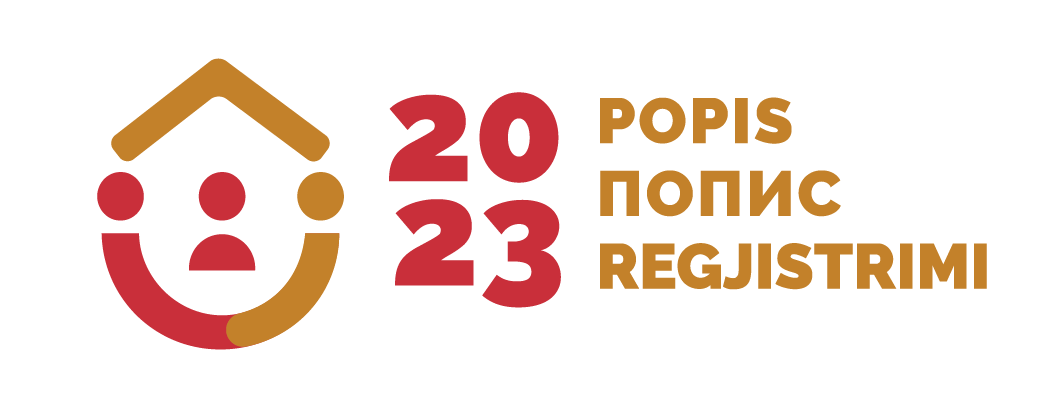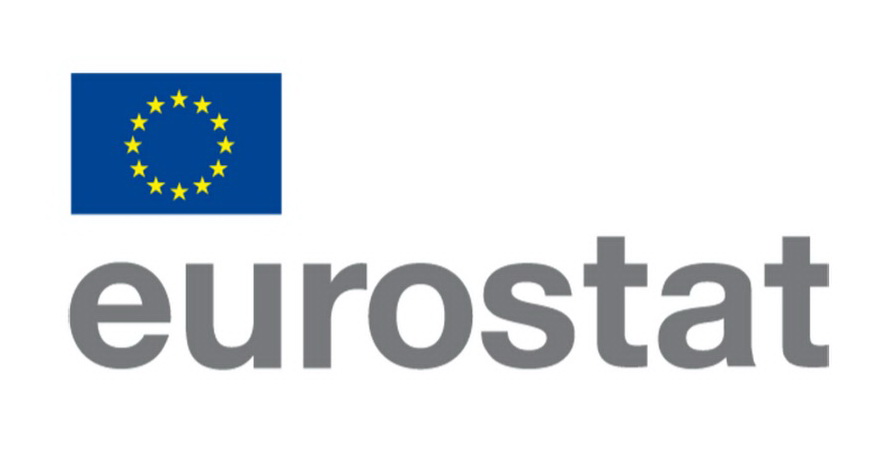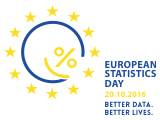Description of methods
Traditional population census represents a method for collecting data on census units (persons, households, and dwellings) by direct contact, i.e. ‘door-to-door’ approach.
The method is recommended when it is not possible to use register or combined method of data collection.
Preparation activities within the implementation of population census under the competence of Statistical Office:
All preparatory activities under the competence of Statistical Office planned for this phase of census implementation have been finished:
- Instruments of population census prepared: questionnaires, methodological and organizational instructions for the implementation of census. The preparation of instruments is based on: (i) Regulation EU No 763/2008 of the European Parliament and of the Council of 9 July 2008 on population and housing censuses; (ii) CES Recommendations for the 2020 censuses of population and housing; and (iii) concept of quality of the European statistics (15 principles of quality);
- Pilot population census implemented in period from 1 to 15 April 2019, aimed at testing prepared instrument census instruments on the sample of 50 enumeration areas. Pilot census is supported by the IPA 2015 MB project;
- Developed and implemented concept of quality of the European statistics, starting from the European Statistics Code of Practice (15 principles) and experience in the implementation of census of population, households ,and dwellings from 2011, in which a high quality was achieved, according to the EC-EUROSTAT’s assessment, especially in terms of accuracy and timeliness (assessment mission on the 2011 census of population, households ,and dwellings in Montenegro);
- Organizational structure for preparing and implementation of census in Statistical office established: seven commissions with 40 Statistical Office’s staff members participating in those commissions;
- Statistical Office published two public tenders for proposing NGO representatives and other interested public in the working group for the preparation of draft law on 2021 census of population, dwellings, and households, as it follows: 29 July 2019 and 2 September 2019, at the website of this body and at the website of e-government. No candidate was interested;
- Draft law on census of population, households, and dwellings in 2021, that regulates rules for collection of comprehensive data on population, households, and dwellings;
- Harmonization of Draft Law on 2021 Census of Population, Households, and Dwellings has been assessed by the European experts, in part of variables that will be collected by the census and both methodology and questionnaires which were used in the pilot census with Regulations EU No 763 and 543, with the support of the project ‘Capacity building for Statistical Office, Montenegro’ IPA/2018/399-546. The conclusion of the EU expert is that the Statistical Office is ready to implement the census of population, households, and dwellings in 2021, in accordance with the international rules and recommendations.
Activities within the implementation of the population census under the competence of Statistical Office that are ongoing or planned, and under the competence of other bodies of state administration:
- Communication with Ministry of Finance and Social Welfare as a proposer of the Law on Census of Population, Households, and Dwellings 2021 (two initiatives submitted on 7 December 2020 and on 27 January 2021);
- Communication with the Administration for Cadastre and State Property, and local self-governments units as competent bodies for the establishment of address register aimed at updating a spatial register (2018 – ongoing);
- Communication with Ministry of Finance and Social Welfare as line ministry in part for creation of financial and spatial preconditions for the implementation of the population census (after the end of temporary financing period);
- Communication with Public Health Institute in part of assessing the impact of epidemiological situation on the implementation of population census by direct method of visiting households ‘door-to-door’;
Important documents:
- International methodology for the implementation of population census (UNECE Recommendations for the 2020 Censuses of Population and Housing)
- Technical specification (EU legislation on the 2021 population and housing censuses - explanatory notes, EU regulations 763 and 543)
- Report on pilot census of population, households, and dwellings 2021
- Report on the project ‘Capacity building for Statistical Office, Montenegro’ IPA/2018/399-546
- Official letter sent to Ministry of Finance of 7 December 2020
- Report on implementation of preparatory activities for the implementation of the census of population, households, and dwellings 2021 – in the adoption phase







